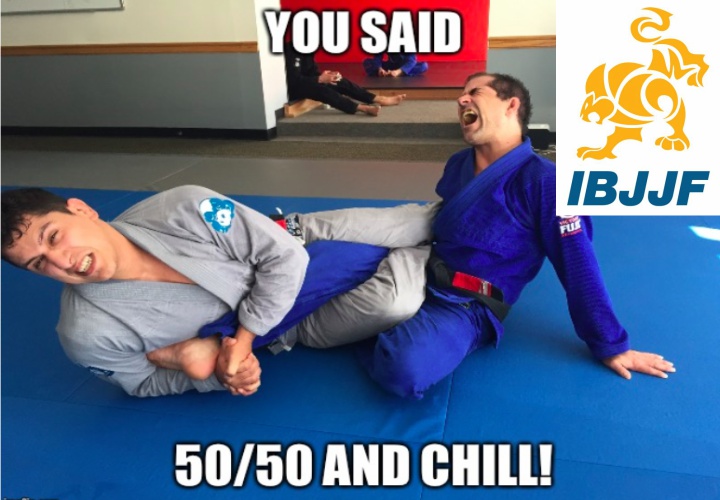An online petition on change.org is calling for IBJJF to allow heel hook in Gi and No Gi competitions.
Footlocks in Jiu-Jitsu seem to get a bad rap. In other similar grappling arts like Sambo or Catch Wrestling, they occupy an important place.
In recent years a new school of Jiu-Jitsu players have started to perfect the leg lock game (Garry Tonon or Eddie Cummings in No Gi and Luis Panza, Cavaca in Gi) but they are still not developed so much in Jiu-Jitsu and many people still see them as cheap, low class moves or are frowned upon because of high risk of injury (especially heel hooks) .
The petition appeared on the popular website change.org and led by Marco Raphael.
The current ruleset of the IBJJF bans several moves and submissions that involve attacking the knee (Heel Hooks) or put pressure on the knee (Knee reaping rule, straight foot lock turning rule). These rules don’t serve their intended purpose anymore and should be removed from the rule book.
The rules of the IBJJF serve two purposes. The first is to incentivise the athletes to compete using the principles of Jiu Jitsu. The second is to prevent injuries to the athletes. Therefore, it must be proven that these two purposes are still served even after modifying the rules.
The principle of Jiu Jitsu in this case means the basic strategy of seeking dominant position and then submitting the opponent. The point system achieves this target by awarding points for advancing in the positional hierarchy and giving an instant victory for a successfully applied submission. Leg locks seem to go against this principle because they are usually not applied from what is considered to be a dominant position.
But the same can be said for any other submission from the guard which are also not achieved from a dominant position. That is because the point system already creates enough incentive to go for dominant position. In fact, allowing the full list of lower body attacks will result in more options to achieve dominant position.
The second point of concern is the safety of the athletes. The thriving of alternative tournament formats such as ADCC and EBI has proven that at high levels, the availability of Heel Hooks has not increased the injury rate of the athletes. The main reason for injuries are explosive dynamic force, which is why takedowns pose a higher risk of injury and inexperience with the positions and submissions that result in the attacked athlete moving in an unsafe manner, thereby creating explosive dynamic force in unintentional ways.
When heel hooks are allowed, athletes have an incentive to train them and be familiar with the dangers of the position which in turn ensures a low injury rate. The existence of other formats has already created a situation in which most high level competitors know the ins and outs of this specific attack and schools teach them safely.
The proposal is to eliminate the following points in the IBJJF rule book (Version 4), Article 6.3.2 for Adult to Master Black Belts:
- Technical Foul 18 Heel Hook
- Technical Foul 19 Locks twisting the knees
- Technical Foul 20 Knee Reaping
3 years ago, a similar petition appeared petition has emerged on change.org calling to ban submissions holds (chokes and joint locks) for children under the age of 12. The petition was led by William Murphy of Florida and his goal is to have an effect on the US congress.

















